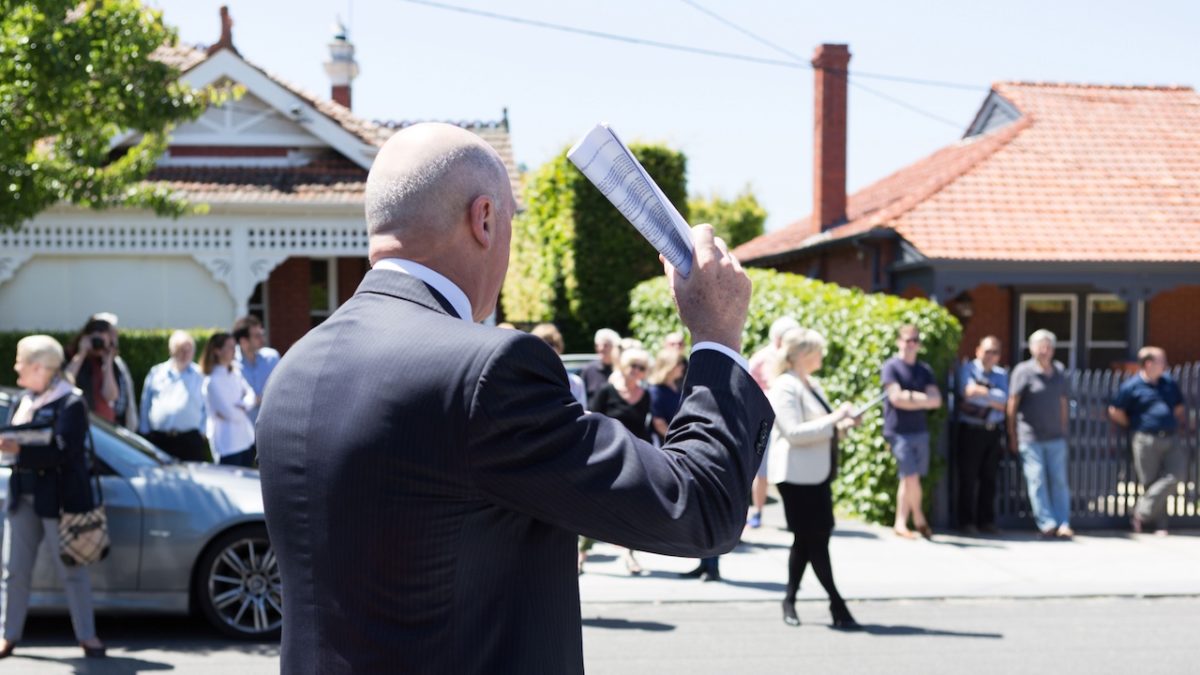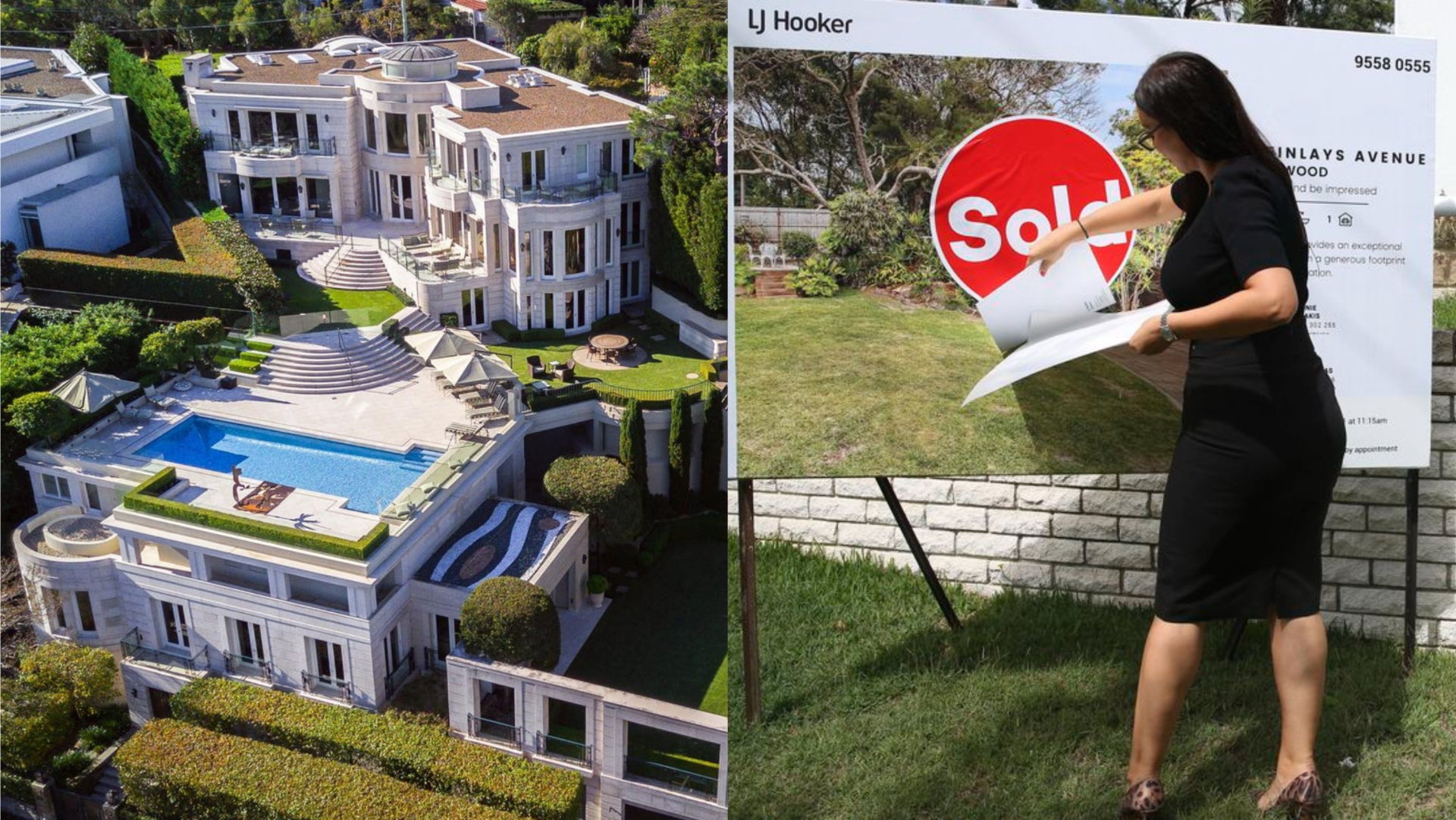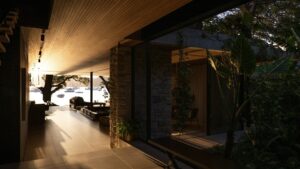The Reserve Bank of Australia has predicted property prices could fall as much as 20% by the end of 2024, completely wiping out the record growth experienced last year.
Internal documents released under Freedom of Information by the bank has forecasted the domestic housing market’s in for its biggest downturn since the early 80s.
“This is roughly twice as large as what we’ve assumed in our baseline,” reads the notes prepared for a policy meeting of the RBA’s August economic committee.
RELATED: Here’s When The Australian Housing Market Peaked (According To Domain)
“We’re now anticipating housing prices to decline over the next few years. That reflects the ongoing slowing in momentum in the market and the steepening of expectations for the future path of interest rates.”
“A key risk is that housing prices fall by more than we expect.”
Based on current projections, it’ll begin with property prices in both Sydney and Melbourne incrementally dipping by 1.5% each month throughout the rest of 2022. Nationally, we’re looking at an 11% hit by the middle of 2023 before the decline levels out. And at this stage, it doesn’t look as though the bleeding will stop.
In an effort to combat inflation, the RBA has increased interest rates at its past six meetings. Taking the official cash rate from 0.1% in early May to 2.6%, as per The Sydney Morning Herald, the bank will continue to lift rates at its final two meetings of 2022, leaving the cash rate at around 3.1% before Christmas.

But even before interest rates started climbing, the housing market was in something of a cooling off period.
Domain’s BDI (August 2022) revealed buyer demand peaked in 2021 across all cities and regional Australia. This is with the exception of houses and units in Perth as well as units in Adelaide, which peaked a little later in 2022.
In terms of specifics, Sydney was one of the first markets to ease off the pedal in March 2021, with analysis indicating it’s further along the price cycle than everywhere else around the country. For perspective, buyer demand for the Harbour City is now at its lowest level in three years.
RELATED: Australia’s Highest-Earning Postcode Has An Average Income Of $325,000

Around the same time, Melbourne units hit their apex before Melbourne houses came around in October. This was also when Brisbane (houses & units) and Adelaide (just houses) began to see the other side. By comparison, Perth was a little late to the party. The height of interest for units was in February 2022 while houses were a month thereafter in March 2022.
“It may appear that the Australian housing market changed gear overnight. In truth, market dynamics have slowly been on the cool since 2021,” explained Domain Research.
“Since the October 2021 peak in the Domain BDI, buyer demand has moderated as wages struggle to keep pace with rising inflation and tightening affordability.”
“Across the combined capitals, current demand is 32.6% lower for houses and 27.7% lower for units compared to the peak. This aligns with the reduction in home loans financed and housing activity.”
According to Corelogic data, Sydney property prices are already down 9% since January while Melbourne property prices are down 5.6% since February.
















